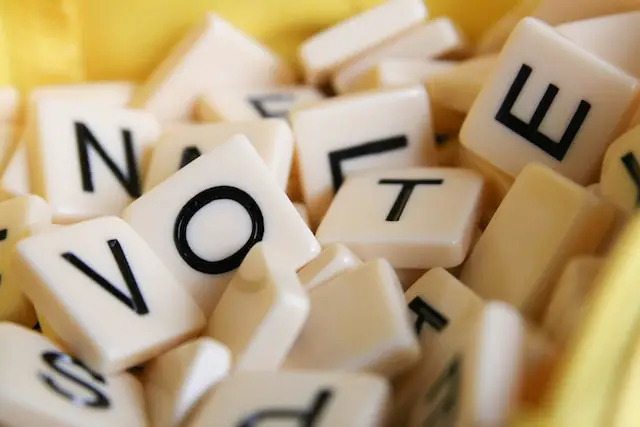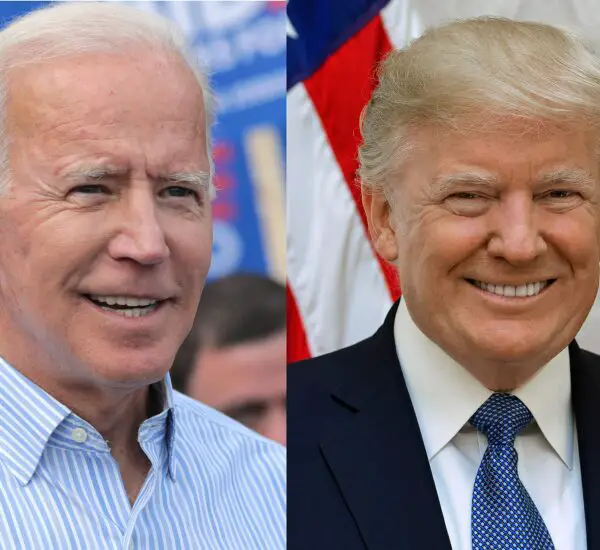Voter ID regulations in the U.S. dictate the types of identification voters need to present during federal, state, and local elections. These rules differ across states. Here’s a concise summary:
- Voter ID Categories:
- Strict Photo ID: Voters show a photo ID to vote. Without it, they can cast a provisional ballot and must return with the ID later for their vote to count.
- Non-Strict Photo ID: While a photo ID is requested, voters can still vote without it using alternative methods, like signing an affidavit.
- Strict Non-Photo ID: An ID without a photo is required. Similar to strict photo ID, provisional ballots are an option for those without proper ID.
- Non-Strict Non-Photo ID: ID is requested, but voters have alternatives if they don’t possess one.
- Debate:
- Supporters say these laws safeguard election integrity.
- Critics argue they can deter certain groups, like minorities and the elderly, from voting, given the rarity of in-person voter fraud.
- Presidential Elections Impact: In presidential polls, each state’s voter ID rules apply to its residents. The president is elected via the Electoral College, with states determining electors based on popular votes, making state ID laws crucial in the presidential election process.





